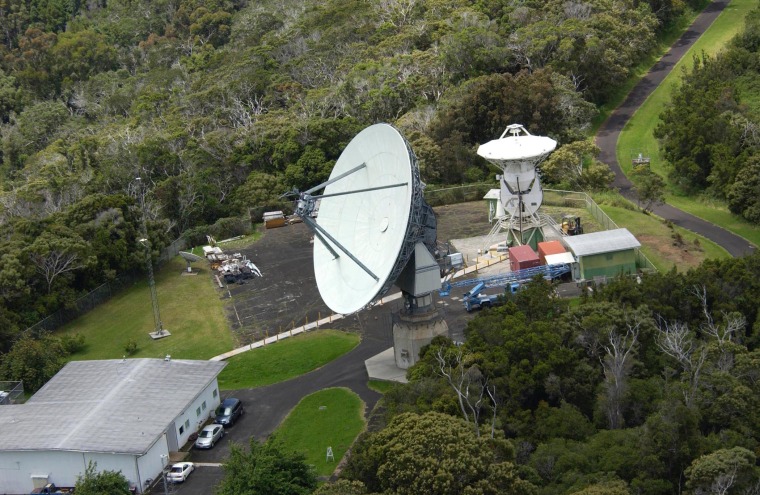This Tuesday, you will get a little extra time added to your day. NASA is adding a leap second on June 30th to account for changes in the Earth's rotation that are causing it to slow down.
The length of a day is 86,400 seconds in theory, but in practice day's last slightly longer, averaging 86,400.002 seconds instead. In fact, over the past several hundred years, the length of a day has been increasing between 1.4-1.7 milliseconds per century. While that might not seem like a lot, when you add up all the additionally milliseconds over a year or more, they start to matter - especially in the era of atomic clocks.
Note: Leap seconds are not directly related to leap days (in leap years). Leap days are to keep our calendar in sync with the seasons which are determined by Earth's orbit round the Sun. Leap seconds are to keep our clocks in sync with the Sun, as determined by Earth's rotation on its axis. And unlike leap days, leap seconds are inserted simultaneously world wide instead of with respect to each time zone.
Introduced in 1972, twenty-five leap seconds have been added so far. They are inserted on either June 30th or December 31st and are usually only announced six months in advance. This is because Earth's rotation isn't slowing at a constant rate. A variety of phenomena are responsible for influencing the speed at which our planets turns on its axis. Tidal friction (related to the Moon's gravitational pull) is the largest factor, but other processes such as plate tectonics, convection in the mantle, glaciers, and even weather patterns play a role.
How do we actually measure how all these things affect the length of our day? That's where NASA comes in. They use the International VLBI Service for Geodesy and Astrometry to determine how parts of the Earth are moving with respect to each other and with respect to distant quasars. In essence, we can use the most distant objects in the Universe to detect the slightest changes close to home. This NASA video explains it quite well.
If the idea of leap seconds isn't your thing, there's always the option of trying to speed Earth back up!
Here's some more geek for your week:
- Big data now includes life in the Serengeti.
- Physicists at the Large Hadron Collider are applying their skills to preserve old recordings of Native Americans.
- Mathematicians can be hoarders too, especially when it comes to their favorite chalk.
- This bridge in Amsterdam won't be built ... it will be PRINTED.
- There may be a scientific reason why the return trip always feels shorter than outgoing trip.
- Can you picture what you were wearing yesterday? Turns out some people can't "picture" things at all.
- Interactive from the New Yorker on the most radioactive sites in New York City.
- People have survived being stowaways on jumbo jets, but there's no good medical explanation for how they stay alive.
- Six people just emerged from living in a "Mars-analog" dome over the last eight months as part of the Hawaii Space Exploration Analog and Simulation program.
- New images of Ceres just make the asteroid more and more intriguing.
Keep on geeking!
—@Summer_Ash, In-house Astrophysicist
